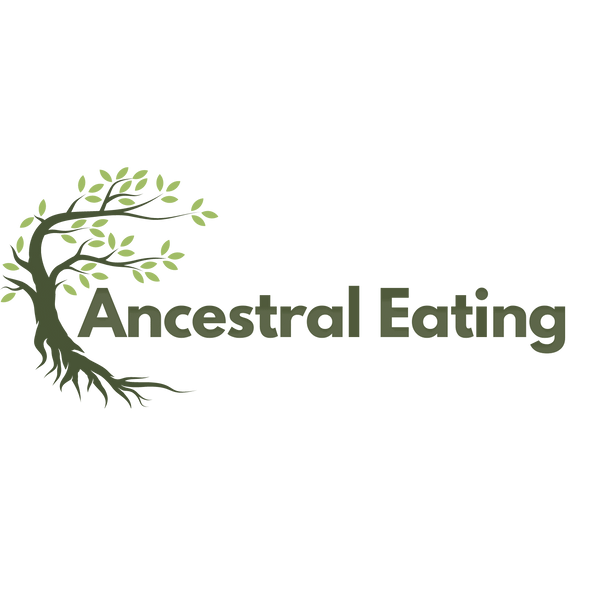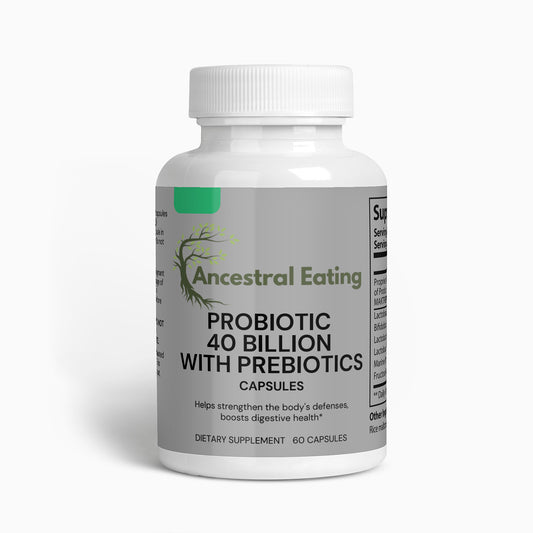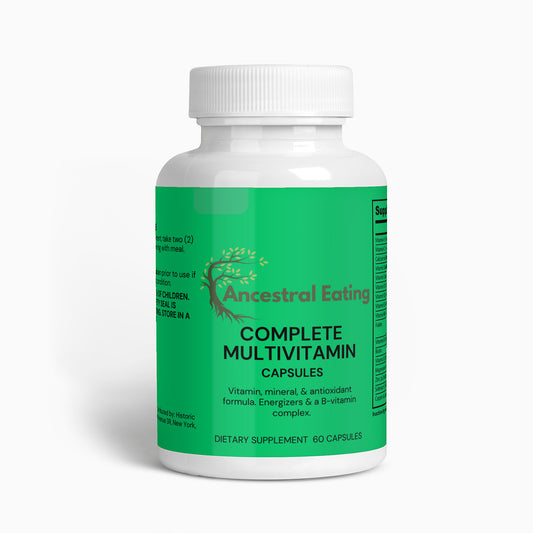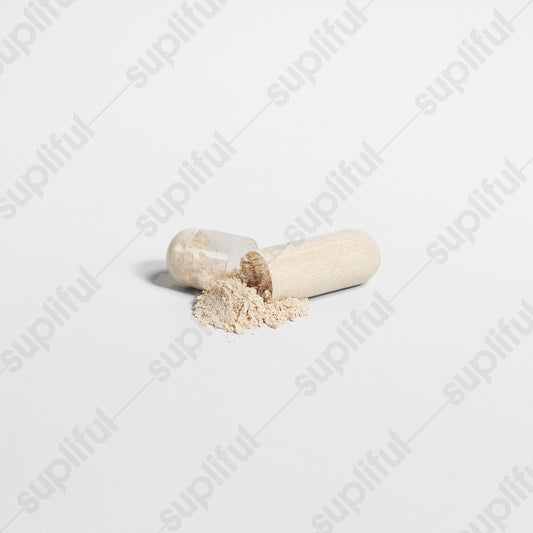Myanmar (also known as Burma) has a rich and diverse culinary history shaped by its various ethnic groups, geography, and interactions with neighboring countries like India, China, and Thailand. The food culture has evolved over the past 500 years to incorporate various influences while maintaining its unique characteristics.
Staple Foods
- Rice: The central element of most meals, often served with a variety of side dishes.
- Noodles: Rice noodles, wheat noodles, and other varieties are common, especially in soups and stir-fries.
Proteins
- Fish and Seafood: Myanmar has an extensive coastline and many rivers, making fish a staple protein.
- Chicken: Widely consumed and used in various dishes.
- Pork and Beef: Eaten, but to a lesser extent compared to fish and chicken.
- Tofu: Made from chickpeas rather than soy, it's a popular protein source, especially in the Shan region.
- Eggs: Often used in various dishes or eaten on their own.
Vegetables and Fruits
- Tomatoes, Cabbages, and Carrots: Common in soups and salads.
- Gourds, Pumpkins, and Yams: Used in various dishes.
- Bananas and Mangoes: Popular fruits, consumed fresh or used in desserts.
- Durian and Jackfruit: Eaten fresh or used in traditional sweets.
Legumes and Nuts
- Chickpeas: Used to make tofu and as a base for certain curries.
- Lentils and Beans: Used in soups and salads.
- Peanuts: Often served as a snack or used in salads and cooking.
Spices and Seasonings
- Turmeric and Chili: Commonly used to add flavor and color.
- Garlic and Onion: Used as a base for many dishes.
- Coriander and Lemongrass: Used for seasoning.
- Fish Sauce and Shrimp Paste: Used as condiments and in cooking.
Traditional Dishes
- Mohinga: A fish-based soup with rice noodles, often considered the national dish.
- Tea Leaf Salad (Laphet Thoke): A salad made from fermented tea leaves, various legumes, and nuts.
- Onnokauswe: A coconut milk-based soup with chicken and noodles.
- Curries: Usually less spicy than their Indian or Thai counterparts, made with fish, chicken, pork, or beef.
Sweets and Desserts
- Shwe Yin Aye: A dessert made from agar jelly, tapioca pearls, and coconut milk.
- Bein Mont: Steamed rice cake with coconut, often topped with sesame seeds or grated coconut.
- Halwa: Influenced by Indian cuisine, it's a sweet, dense pudding made from various ingredients like flour, butter, and sugar.
Beverages
- Lahpet Yei: Burmese tea, usually consumed sweet and milky.
- Coconut Water: Popular for hydration.
- Sugar Cane Juice: Often sold by street vendors.
Foreign Influences and Modern Foods
- Indian Influence: Seen in the use of spices, bread, and certain cooking techniques.
- Chinese Influence: Evident in stir-fries, noodle dishes, and certain ingredients like soy sauce.
- Thai Influence: Seen in the use of ingredients like lemongrass, galangal, and fish sauce.
- British Influence: Dishes like semolina pudding and certain baked goods are remnants from the colonial period.
Over the past 500 years, Myanmar's cuisine has retained its traditional core while absorbing elements from various neighboring cultures. Whether in simple family meals or elaborate festival banquets, the foods of Myanmar offer a rich and diverse culinary experience.






